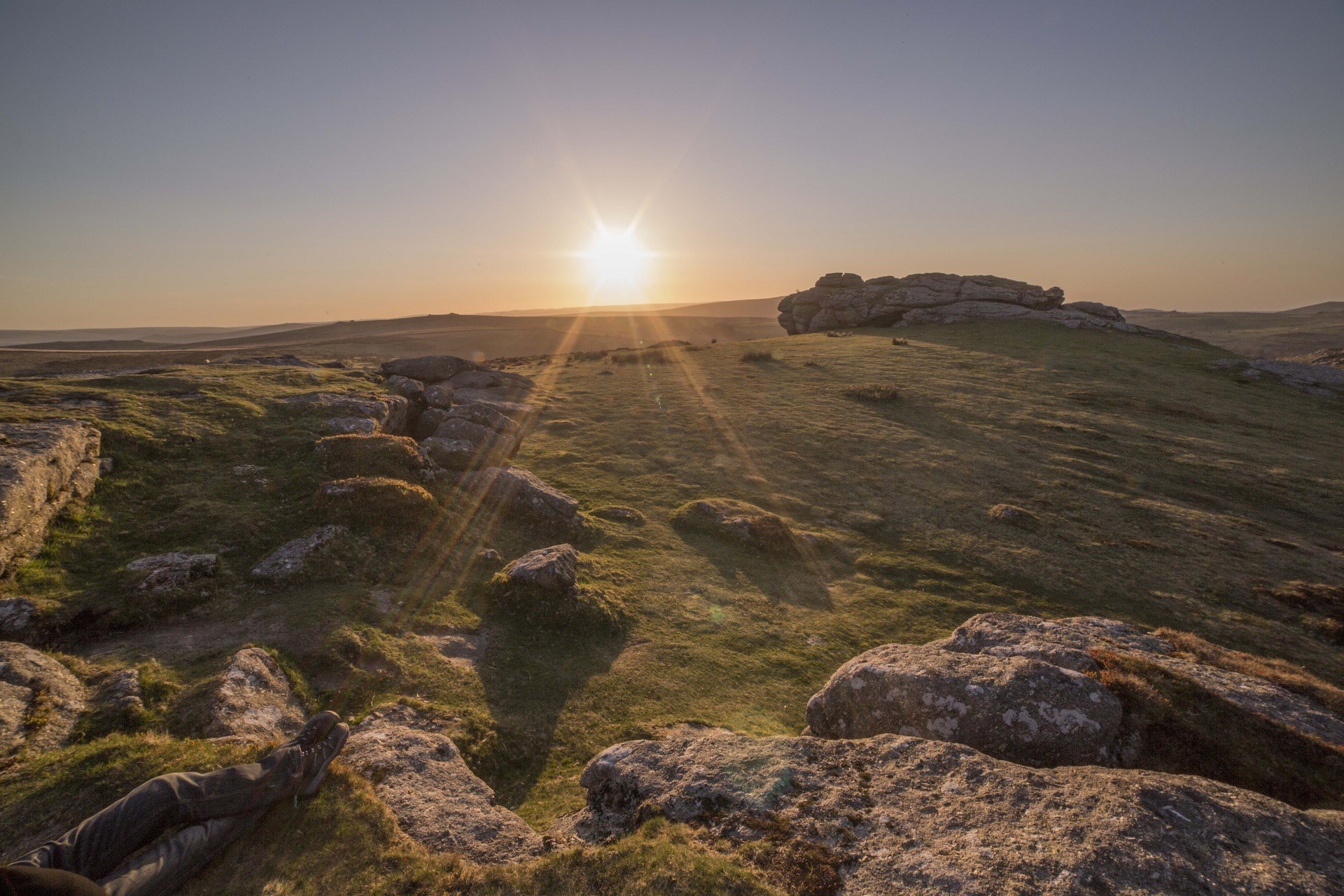Heatwave conditions expected across much of the UK
Author: Press Office
10:59 (UTC+1) on Wed 9 Jul 2025
Conditions are warming up, with heatwave criteria expected to be reached in parts of the UK by the end of the week.
It is going to be widely dry with sunny spells over the coming days, although Northern Ireland and Scotland are likely to be cloudier at first and it will be breezy near some North Sea coasts. Temperatures will climb into the low 30s, although they are not expected to be quite as high as experienced at the end of June/early July.
Met Office Chief Meteorologist, Jason Kelly, said: “High pressure from the Atlantic will lead to a build in temperatures over the coming days, with heatwave criteria reached by the weekend. Whilst temperatures are expected to build day on day, becoming widely hot, they are unlikely to surpass those recorded at the start of the month. This heatwave is expected to be longer lived and extend further north and west into a larger part of the UK than previously seen this summer.
"Temperatures are expected to peak over the weekend and ease early next week. They are expected to reach 30°C in some areas today and exceed 30°C more widely tomorrow (Friday), with peak temperatures on Saturday of 33°C possible in parts of England and Wales.”
“Scotland is also expected to meet heatwave criteria over the weekend. This hot spell is forecast to last longer and cover a broader area than previous ones so far this summer and pollen and UV levels will be very high in some areas. For updates, do keep an eye on the Met Office forecast as the picture develops.”
The UK Health Security Agency (UKHSA) has issued yellow Heat Health Alerts covering England, valid from until Tuesday 15th July.
Find out more about the Heat Health Alerts here.
RNLI: Ross Macleod, Water Safety Manager from the RNLI, says: ‘Even in hot weather, the seas around our coasts are cold enough year-round to trigger cold water shock, while waves and rip currents can overpower even the most experienced water users.
‘Most people who find themselves in difficulty in water will panic or thrash about but we’re urging people to ignore this instinct and remember to float: Tilt your head back, with your ears submerged. Relax and try to breathe normally. Move your hands and legs to help you stay afloat if you need to. It’s fine if your legs sink – we all float differently. By doing this, you give yourself the chance to rest and recover your breathing. Once you’ve regained control of your breathing, you can call for help or swim to safety.
‘Heading to the coast is a great way to have fun, relax and cool off in these high temperatures, but remembering this one piece of advice could save your life if you find yourself struggling in water.
‘We also encourage people to choose a lifeguarded beach and swim between the red and yellow flags, which is the area most closely monitored by the lifeguards.’
When will the heat end?
There are signs that less hot, or fresher, conditions will arrive from the west early next week, but exactly how quickly this transfers eastward is uncertain.
What are the heatwave criteria?
In the UK, a heatwave is officially defined when a location records at least three consecutive days with daily maximum temperatures meeting or exceeding the heatwave temperature threshold. This threshold varies by county, reflecting the diverse climate across the UK.
Find out more about defining a heatwave here.
Keep up to date with weather warnings, and you can find the latest forecast on our website, on YouTube, by following us on X and Facebook, as well as on our mobile app which is available for iPhone from the App store and for Android from the Google Play store.

Updated at 09:57 (UTC+1) on Thu 10 Jul 2025





